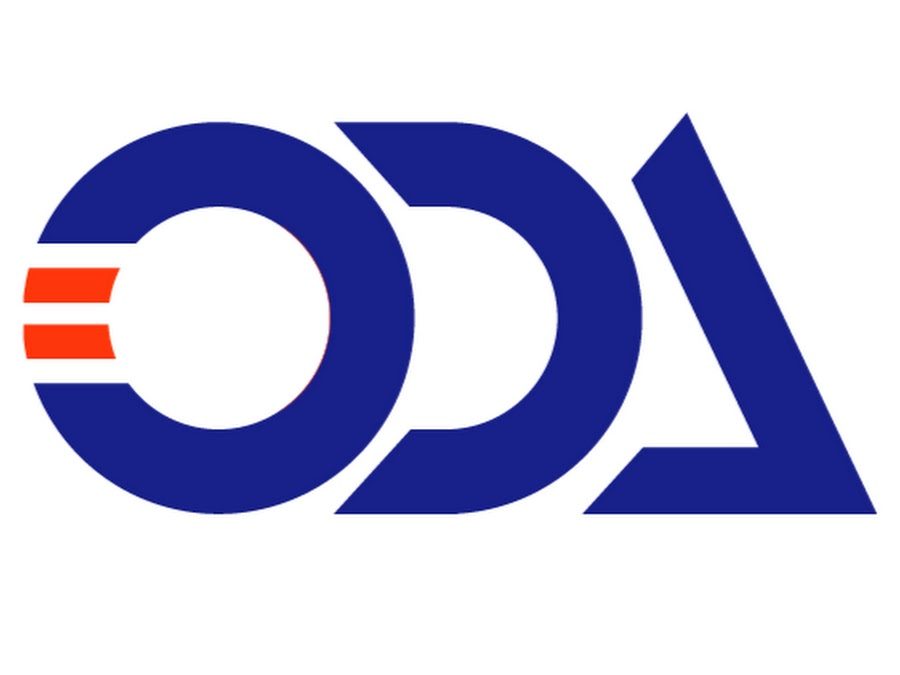1. EXECUTIVE SUMMARY
- CVSS v3 7.8
- ATTENTION: Low skill level to exploit
- Vendor: Open Design Alliance
- Equipment: Drawings SDK
- Vulnerabilities: Stack-based Buffer Overflow, Type Confusion, Untrusted Pointer Dereference, Incorrect Type Conversion or Cast, Memory Allocation with Excessive Size Value
2. RISK EVALUATION
Successful exploitation of these vulnerabilities may allow code execution in the context of the current process or cause a denial-of-service condition.
3. TECHNICAL DETAILS
3.1 AFFECTED PRODUCTS
The following versions of Drawings SDK, a software development kit for DWG and DGN, are affected:
- Drawings SDK: All versions prior to 2021.12 (Version 2021.11 is only affected by CVE-2021-25174 and CVE-2021-25173)
3.2 VULNERABILITY OVERVIEW
3.2.1 STACK-BASED BUFFER OVERFLOW CWE-121
The affected product is vulnerable to a stack-based buffer overflow while processing malformed DXF and DWG files. This could allow an attacker to execute code or cause a denial-of-service condition.
CVE-2021-25178 has been assigned to this vulnerability. A CVSS v3 base score of 7.8 has been calculated; the CVSS vector string is (AV:L/AC:L/PR:N/UI:R/S:U/C:H/I:H/A:H).
3.2.2 ACCESS OF RESOURCE USING INCOMPATIBLE TYPE (‘TYPE CONFUSION’) CWE-843
A type confusion issue exists when rendering malformed DXF and DWG files. This could allow an attacker to execute code or cause a denial-of-service condition.
CVE-2021-25177 has been assigned to this vulnerability. A CVSS v3 base score of 7.8 has been calculated; the CVSS vector string is (AV:L/AC:L/PR:N/UI:R/S:U/C:H/I:H/A:H).
3.2.3 UNTRUSTED POINTER DEREFERENCE CWE-822
A NULL pointer dereference exists when rendering malformed DXF and DWG files. This could allow an attacker to execute code or cause a denial-of-service condition.
CVE-2021-25176 has been assigned to this vulnerability. A CVSS v3 base score of 7.8 has been calculated; the CVSS vector string is (AV:L/AC:L/PR:N/UI:R/S:U/C:H/I:H/A:H).
3.2.4 INCORRECT TYPE CONVERSION OR CAST CWE-704
A type conversion issue exists when rendering malformed DXF and DWG files. This could allow an attacker to execute code or cause a denial-of-service condition.
CVE-2021-25175 has been assigned to this vulnerability. A CVSS v3 base score of 7.8 has been calculated; the CVSS vector string is (AV:L/AC:L/PR:N/UI:R/S:U/C:H/I:H/A:H).
3.2.5 MEMORY ALLOCATION WITH EXCESSIVE SIZE VALUE CWE-789
A memory corruption issue exists when reading malformed DGN files. This could allow an attacker to execute code or cause a denial-of-service condition.
CVE-2021-25174 has been assigned to this vulnerability. A CVSS v3 base score of 7.8 has been calculated; the CVSS vector string is (AV:L/AC:L/PR:N/UI:R/S:U/C:H/I:H/A:H).
3.2.6 MEMORY ALLOCATION WITH EXCESSIVE SIZE VALUE CWE-789
A memory allocation with excessive size issue exists when reading malformed DGN files. This could allow an attacker to execute code or cause a denial-of-service condition.
CVE-2021-25173 has been assigned to this vulnerability. A CVSS v3 base score of 7.8 has been calculated; the CVSS vector string is (AV:L/AC:L/PR:N/UI:R/S:U/C:H/I:H/A:H)
3.3 BACKGROUND
- CRITICAL INFRASTRUCTURE SECTORS: Multiple
- COUNTRIES/AREAS DEPLOYED: Worldwide
- COMPANY HEADQUARTERS LOCATION: United States
3.4 RESEARCHER
Michael DePlante (@izobashi) and rgod, working with Trend Micro’s Zero Day Initiative, reported these vulnerabilities to CISA. Siemens ProductCERT assisted coordination with Open Design Alliance.
4. MITIGATIONS
Open Design Alliance recommends updating to v2021.12 or later. Instructions for ODA members can be found here (Login Required).
CISA recommends users take the following measures to protect themselves from social engineering attacks:
- Only use project files from trusted sources.
- Ensure the least-privilege user principle is followed.
- Do not click web links or open unsolicited attachments in email messages.
- Refer to Recognizing and Avoiding Email Scams for more information on avoiding email scams.
- Refer to Avoiding Social Engineering and Phishing Attacks for more information on social engineering attacks.
CISA reminds organizations to perform proper impact analysis and risk assessment prior to deploying defensive measures.
CISA also provides a section for control systems security recommended practices on the ICS webpage on us-cert.cisa.gov. Several recommended practices are available for reading and download, including Improving Industrial Control Systems Cybersecurity with Defense-in-Depth Strategies.
Additional mitigation guidance and recommended practices are publicly available on the ICS webpage on us-cert.cisa.gov in the Technical Information Paper, ICS-TIP-12-146-01B–Targeted Cyber Intrusion Detection and Mitigation Strategies.
Organizations observing any suspected malicious activity should follow their established internal procedures and report their findings to CISA for tracking and correlation against other incidents.
No known public exploits specifically target these vulnerabilities. These vulnerabilities are not exploitable remotely.
Source:


Stay connected